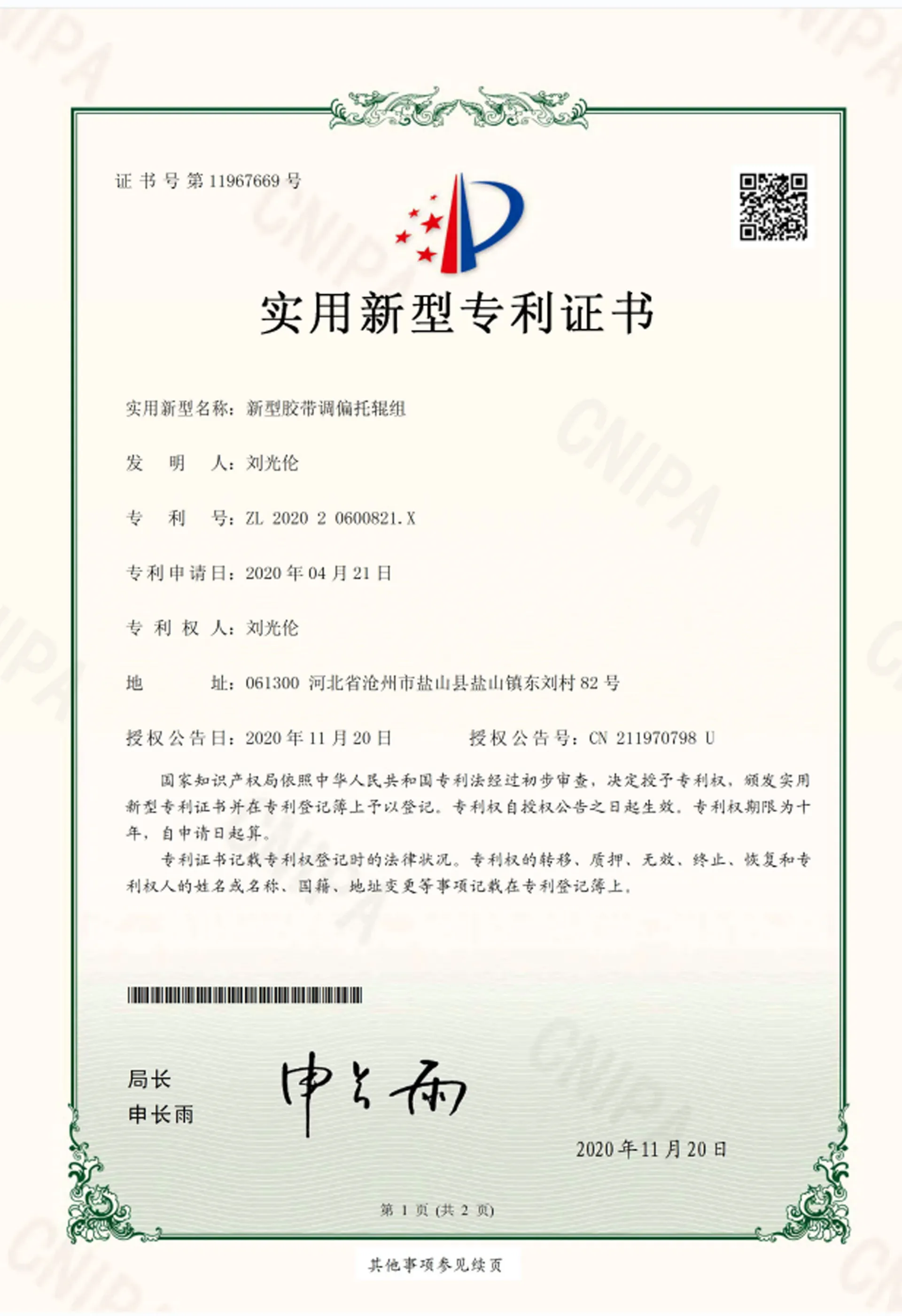 Afrikaans
Afrikaans  Albanian
Albanian  Amharic
Amharic  Arabic
Arabic  Armenian
Armenian  Azerbaijani
Azerbaijani  Basque
Basque  Belarusian
Belarusian  Bengali
Bengali  Bosnian
Bosnian  Bulgarian
Bulgarian  Catalan
Catalan  Cebuano
Cebuano  Corsican
Corsican  Croatian
Croatian  Czech
Czech  Danish
Danish  Dutch
Dutch  English
English  Esperanto
Esperanto  Estonian
Estonian  Finnish
Finnish  French
French  Frisian
Frisian  Galician
Galician  Georgian
Georgian  German
German  Greek
Greek  Gujarati
Gujarati  Haitian Creole
Haitian Creole  hausa
hausa  hawaiian
hawaiian  Hebrew
Hebrew  Hindi
Hindi  Miao
Miao  Hungarian
Hungarian  Icelandic
Icelandic  igbo
igbo  Indonesian
Indonesian  irish
irish  Italian
Italian  Japanese
Japanese  Javanese
Javanese  Kannada
Kannada  kazakh
kazakh  Khmer
Khmer  Rwandese
Rwandese  Korean
Korean  Kurdish
Kurdish  Kyrgyz
Kyrgyz  Lao
Lao  Latin
Latin  Latvian
Latvian  Lithuanian
Lithuanian  Luxembourgish
Luxembourgish  Macedonian
Macedonian  Malgashi
Malgashi  Malay
Malay  Malayalam
Malayalam  Maltese
Maltese  Maori
Maori  Marathi
Marathi  Mongolian
Mongolian  Myanmar
Myanmar  Nepali
Nepali  Norwegian
Norwegian  Norwegian
Norwegian  Occitan
Occitan  Pashto
Pashto  Persian
Persian  Polish
Polish  Portuguese
Portuguese  Punjabi
Punjabi  Romanian
Romanian  Russian
Russian  Samoan
Samoan  Scottish Gaelic
Scottish Gaelic  Serbian
Serbian  Sesotho
Sesotho  Shona
Shona  Sindhi
Sindhi  Sinhala
Sinhala  Slovak
Slovak  Slovenian
Slovenian  Somali
Somali  Spanish
Spanish  Sundanese
Sundanese  Swahili
Swahili  Swedish
Swedish  Tagalog
Tagalog  Tajik
Tajik  Tamil
Tamil  Tatar
Tatar  Telugu
Telugu  Thai
Thai  Turkish
Turkish  Turkmen
Turkmen  Ukrainian
Ukrainian  Urdu
Urdu  Uighur
Uighur  Uzbek
Uzbek  Vietnamese
Vietnamese  Welsh
Welsh  Bantu
Bantu  Yiddish
Yiddish  Yoruba
Yoruba  Zulu
Zulu Exploring the Functionality and Design of Non-Drive Pulleys in Mechanical Systems
The Role of Non-Drive Pulleys in Mechanical Systems
In the realm of mechanical engineering and design, pulleys play a vital role in facilitating motion and transferring energy within a system. Among these, non-drive pulleys are integral components that contribute significantly to the efficiency and functionality of various mechanical assemblies. This article explores the purpose, design, and applications of non-drive pulleys, highlighting their importance in contemporary engineering practices.
Understanding Non-Drive Pulleys
Non-drive pulleys, also known as idler pulleys, are components that do not provide direct power to the system but serve to guide, support, or manage the tension of a belt or chain. Unlike drive pulleys, which are powered by motors and are responsible for transmitting energy, non-drive pulleys help maintain the proper alignment and tension of the drive components. This distinction is crucial as it underscores the non-drive pulley’s role in enhancing the overall effectiveness of the mechanical system.
Design Features
Non-drive pulleys are typically designed with several features that maximize their functionality. These features include
1. Material Selection Non-drive pulleys are made from various materials, such as plastic, aluminum, or steel, depending on the specific application and environmental conditions. The selection of the appropriate material is vital for durability and performance.
2. Shape and Size Non-drive pulleys come in various shapes and sizes to accommodate different systems. The diameter of the pulley can influence the tension and speed of the belt or chain it guides.
3. Bearing Systems Many non-drive pulleys are equipped with bearings that reduce friction and wear. This enhancement allows for smooth rotation and prolongs the operational life of the component.
Applications
Non-drive pulleys find applications in numerous industries, including automotive, manufacturing, and aerospace. Some common applications include
non-drive pulley

- Conveyor Systems In manufacturing and warehousing settings, non-drive pulleys are often used in conveyor systems to guide belts around curves or support the tension needed for efficient operation
.- Cars and Heavy Machinery In automotive engines, non-drive pulleys play a crucial role in systems like serpentine belts, helping to route power from the engine to various accessories without direct power transmission.
- Textile Machinery In textile processing, non-drive pulleys facilitate the movement of threads and fabrics by maintaining tension and guiding the materials as they move through the various stages of production.
Benefits of Non-Drive Pulleys
The advantages of incorporating non-drive pulleys into a mechanical design are manifold
1. Tension Management Non-drive pulleys help maintain the optimal tension within a belt or chain system, preventing slippage and ensuring efficient power transmission.
2. Alignment By guiding belts or chains along a specified path, non-drive pulleys help maintain proper alignment, reducing wear on other components and minimizing the risk of system failure.
3. Versatility Non-drive pulleys can be adapted for various mechanical designs and requirements, providing flexibility in system design and implementation.
4. Reduced Noise and Vibration Properly designed non-drive pulleys can help minimize vibration and noise in mechanical systems, contributing to a quieter and more stable operation.
Conclusion
In summary, non-drive pulleys are essential components in numerous mechanical systems, providing guidance, tension maintenance, and alignment without directly transmitting power. Their design features and versatility make them indispensable across various industries. As technology advances and mechanical systems become more complex, the significance of non-drive pulleys will only continue to grow, ensuring their place at the heart of efficient mechanical design. Understanding and implementing these components effectively can lead to enhanced performance, longevity, and reliability in diverse engineering applications.
-
Revolutionizing Conveyor Reliability with Advanced Rubber Lagging PulleysNewsJul.22,2025
-
Powering Precision and Durability with Expert Manufacturers of Conveyor ComponentsNewsJul.22,2025
-
Optimizing Conveyor Systems with Advanced Conveyor AccessoriesNewsJul.22,2025
-
Maximize Conveyor Efficiency with Quality Conveyor Idler PulleysNewsJul.22,2025
-
Future-Proof Your Conveyor System with High-Performance Polyurethane RollerNewsJul.22,2025
-
Driving Efficiency Forward with Quality Idlers and RollersNewsJul.22,2025





























